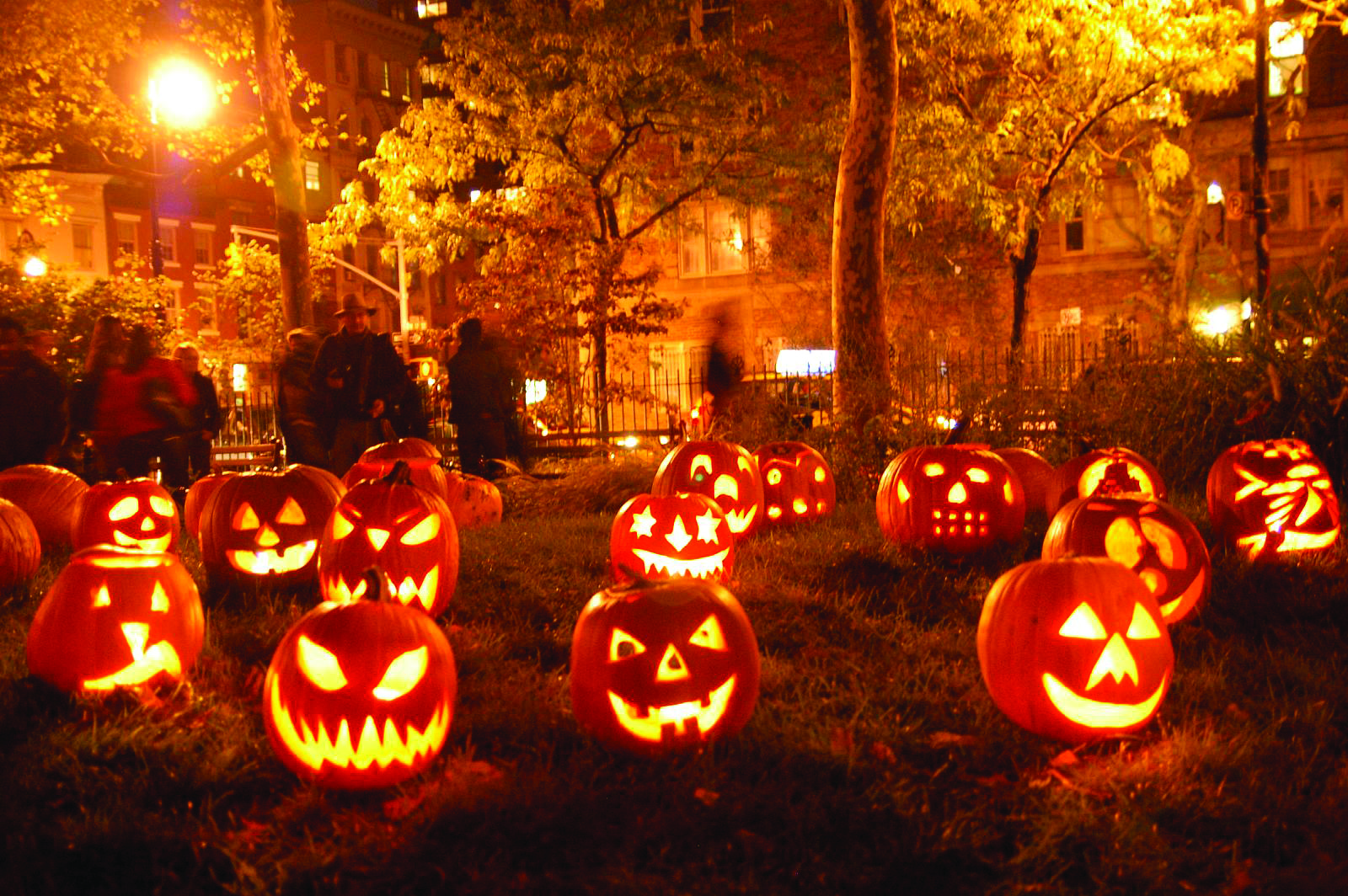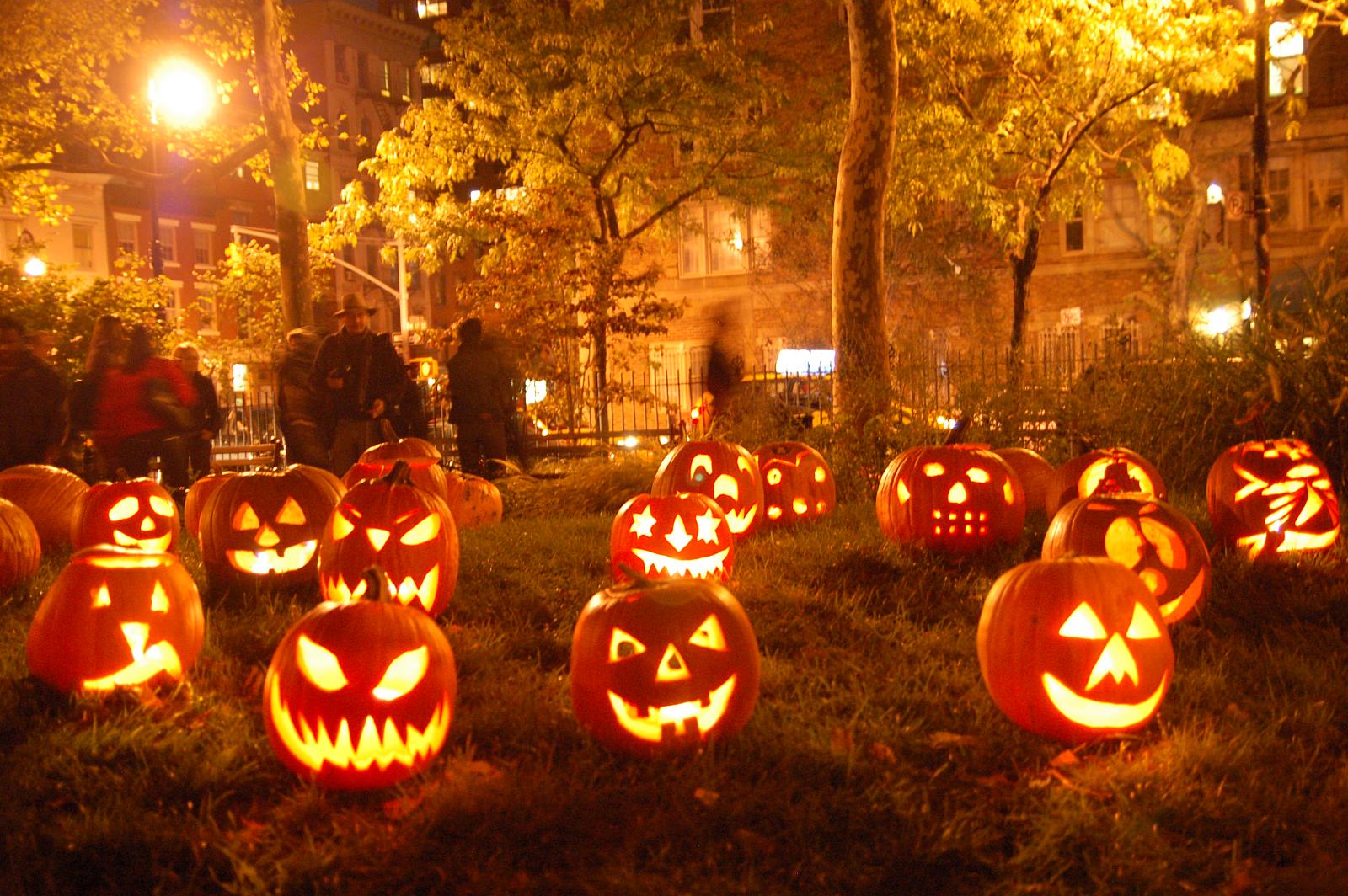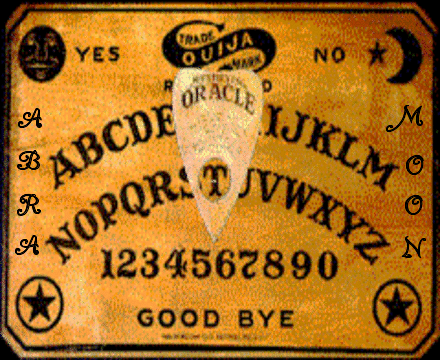
|
|||
Unsolved Mysteries of Ouija Board - Learn how to use Ouija Board
DEMONS OR THE SUBCONSCIOUS? For the sake of argument, however, let’s say that at least some of these tales of terror are true. Some of them might be. Should we blame the board? Or should we blame the people using the board? In other words, where is this negativity really coming from? Is it coming from a demon, who I guess we have to assume is sitting around with nothing better to do, waiting for teenagers to sit down at a Ouija board to scare the crap out of them with a selection of supernatural antics? Or is it more likely that any effects – supernatural or not – arise out of the energized subconscious of the users? If you read related articles of mine on this subject, you’ll know that I do not buy in to the notions of demons and possession. These are ancient superstitions – completely made up – for which there is no reasonable evidence. The idea of the Devil was created by humans to help humans explain to ourselves the evil that humans do. The sad truth is, however, that we create our own evil in the world. We’re responsible for it, not some discarnate demon. We create it, just as we create good in the world. And what of the supernatural aspects? Just as it is now commonly accepted among most paranormal researchers that poltergeist activity – objects moved telekinetically, bangs on walls, and the rest of it – is created by the subconscious of a person or persons, so too can any extraordinary manifestations in a Ouija session be credited to the subconscious. Why is it often so negative? Because that is often the expectation of the users involved. Intention creates reality.
How To Use a Ouija BoardA Ouija board can be an interesting experience. Some believe it is a doorway to another world and warn against its use, but most people see it as a harmless diversion, especially if it's not taken too seriously. Here are some guidelines. Difficulty: Easy Time Required: 15 minutes to 1 hour Here's How: 1. It takes two to Ouija. Usually one person is not able to work the Ouija. Get a friend to use it with you. A male and female is usually recommended. 2. Timing. Most practitioners suggest using the board at night when, they say, less interference is in the atmosphere. 3. Create some atmosphere. The Ouija is more fun if you darken the room and light some candles. Turn off the TV and any music to minimize distractions. 4. Have a seat. The two users should sit facing each other, with knees touching if possible, with the board on their laps. Don't use a table. 5. Decide on a questioner or medium. Even though both people can ask questions -- or anyone else in the room can -- only one of the users should be the medium (the one to formally ask questions of the board). 6. Place your fingers on the planchette. You and your partner should place the fingers of both hands very lightly on the planchette, or pointer. 7. Move it. Purposely move the planchette around in a circle on the board for a moment or two to get it 'warmed up.' 8. Attitude. Don't let the board control the session. The medium should begin by announcing that the session will only allow an experience that is positive or toward a higher good and that negative energies are not welcome. 9. Begin simply. Start with a simple question, one that requires a yes or no answer. 10. Be patient. You might not begin to get answers right away. Give the board a chance to 'warm up.' 11. Be polite. When the board starts working, thank the board or entities for showing up and communicating with you. 12. Don't ask stupid questions. Avoid questions such as, 'When am I going to die?' If the board answers, 'in 6 months,' you might just worry about it needlessly. 13. Don't ask for physical signs. Many experienced users warn against asking for physical signs that the 'spirit' is real or present. 14. Don't believe everything the board tells you. Just as with any other source of information, don't accept whatever the board says to be the truth or accurate. 15. Close the board. This is an important step. When you're done with your session, slide the planchette to 'GOODBYE' and remove your hands. Tips: 1. Have someone write down the answers. Sometimes the letters spell out very quickly and it's difficult to keep track of what's being said. A third person with paper and pen can write down the message as it comes. 2. Play sober. You'll get better results if you haven't been drinking or smoking. 3. Maintain control. If the board starts giving rude, vulgar, obscene or otherwise disagreeable responses, break off the session immediately by closing the board. One of the first mentions of the automatic writing method used in the Ouija board is found in China around 1100 AD, in historical documents of the Song Dynasty. The method was known as fuji , "planchette writing". The use of planchette writing as an ostensible means of contacting the dead and the spirit-world continued, and, albeit under special rituals and supervisions, was a central practice of the Quanzhen School, until it was forbidden by the Qing Dynasty. Several entire scriptures of the Daozang are supposedly works of automatic planchette writing. Similar methods of mediumistic spirit writing have been widely practiced in ancient India, Greece, Rome, and medieval Europe. Much of William Butler Yeats' later poetry was inspired, among other facets of occultism, by the Ouija board. Yeats himself did not use it but his wife did. G. K. Chesterton used a Ouija board in his teenage years. Around 1893 he had gone through a crisis of scepticism and depression, and during this period Chesterton experimented with the Ouija board and grew fascinated with the occult. Poet James Merrill used a Ouija board for years and even encouraged entrance of spirits into his body. Before he died, he recommended that people must not use Ouija boards. Former Italian Prime Minister Romano Prodi claimed under oath that, in a séance held in 1978 with other professors at the University of Bologna, the "ghost" of Giorgio La Pira used a Ouija to spell the name of the street where Aldo Moro was being held by the Red Brigades. According to Peter Popham of The Independent: "Everybody here has long believed that Prodi's Ouija board tale was no more than an ill-advised and bizarre way to conceal the identity of his true source, probably a person from Bologna's seething far-left underground whom he was pledged to protect." In London in 1994, convicted murderer Stephen Young was granted a retrial after it was learned that four of the jurors had conducted a Ouija board seance and had "contacted" the murdered man, who had named Young as his killer.[33] Young was convicted for a second time at his retrial and jailed for life. Bill Wilson, the co-founder of Alcoholics Anonymous, used a Ouija board and conducted seances in attempts to contact the dead. On the July 25, 2007 edition of the paranormal radio show Coast to Coast AM, host George Noory attempted to carry out a live Ouija board experiment on national radio despite the objections of one of his guests. After recounting a near-death experience in 2000 and noting bizarre events taking place, Noory canceled the experiment. Dick Brooks of the Houdini Museum in Scranton, Pennsylvania, uses an Ouija board as part of a paranormal and seance presentation. The Mars Volta wrote their album Bedlam in Goliath based on their alleged experiences with an Ouija board. According to their story (written for them by a fiction author, Jeremy Robert Johnson), Omar Rodriguez Lopez purchased one while traveling in Jerusalem. At first the board provided a story which became the theme for the album. Strange events allegedly related to this activity occurred during the recording of the album: the studio flooded, one of the album's main engineers had a nervous breakdown, equipment began to malfunction, and Cedric Bixler-Zavala's foot was injured. Following these bad experiences the band buried the Ouija board. Early press releases stated that Vincent Furnier's stage and band name "Alice Cooper" was agreed upon after a session with an Ouija board, during which it was revealed that Furnier was the reincarnation of a 17th-century witch with that name. Alice Cooper later revealed that he just thought of the first name that came to his head while discussing a new band name with his band. In the murder trial of Joshua Tucker, his mother insisted that he had carried out the murders while possessed by the Devil who found him when he was using an Ouija board.   Discuss and comment on article | Article Link | Source : Website | Return to Unexplained Mysteries
|
More can be addded on request. Direct your requests at vinit@theunexplainedmysteries.com
